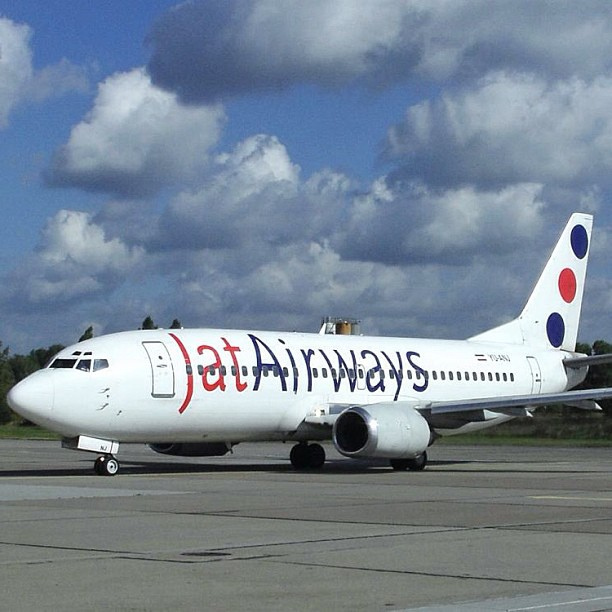

īy the time of Muhammad bin Qasim's conquest of Sind in the 8th century, Arab writers described agglomerations of Jats in the arid, the wet, and the mountainous regions of the conquered land of Sindh. The Jats had their origins in pastoralism in the Indus valley, and gradually became agriculturalist farmers. "Jat" is an elastic label applied to a wide-ranging community from simple landowning peasants to wealthy and influential Zamindars. The Jats are a paradigmatic example of community- and identity-formation in early modern Indian subcontinent. Over the years, several Jats abandoned agriculture in favour of urban jobs, and used their dominant economic and political status to claim higher social status. By the 20th century, the landowning Jats became an influential group in several parts of North India, including Punjab, Western Uttar Pradesh, Rajasthan, Haryana and Delhi. The Hindu Jat kingdom reached its zenith under Maharaja Suraj Mal (1707–1763). The community played an important role in the development of the martial Khalsa panth of Sikhism. The Jats took up arms against the Mughal Empire during the late 17th and early 18th centuries.


Of Muslim, Sikh, and Hindu faiths, they are now found mostly in the Pakistani provinces of Sindh and Punjab and the Indian states of Punjab, Haryana, Uttar Pradesh and Rajasthan.

Originally pastoralists in the lower Indus river-valley of Sindh, Jats migrated north into the Punjab region in late medieval times, and subsequently into the Delhi Territory, northeastern Rajputana, and the western Gangetic Plain in the 17th and 18th centuries. The Jat people (( Punjabi pronunciation: ), ( Hindi pronunciation: )) are a community of traditionally non-elite tillers and herders in Northern India and Pakistan. Not to be confused with the Jats of Afghanistan.


 0 kommentar(er)
0 kommentar(er)
